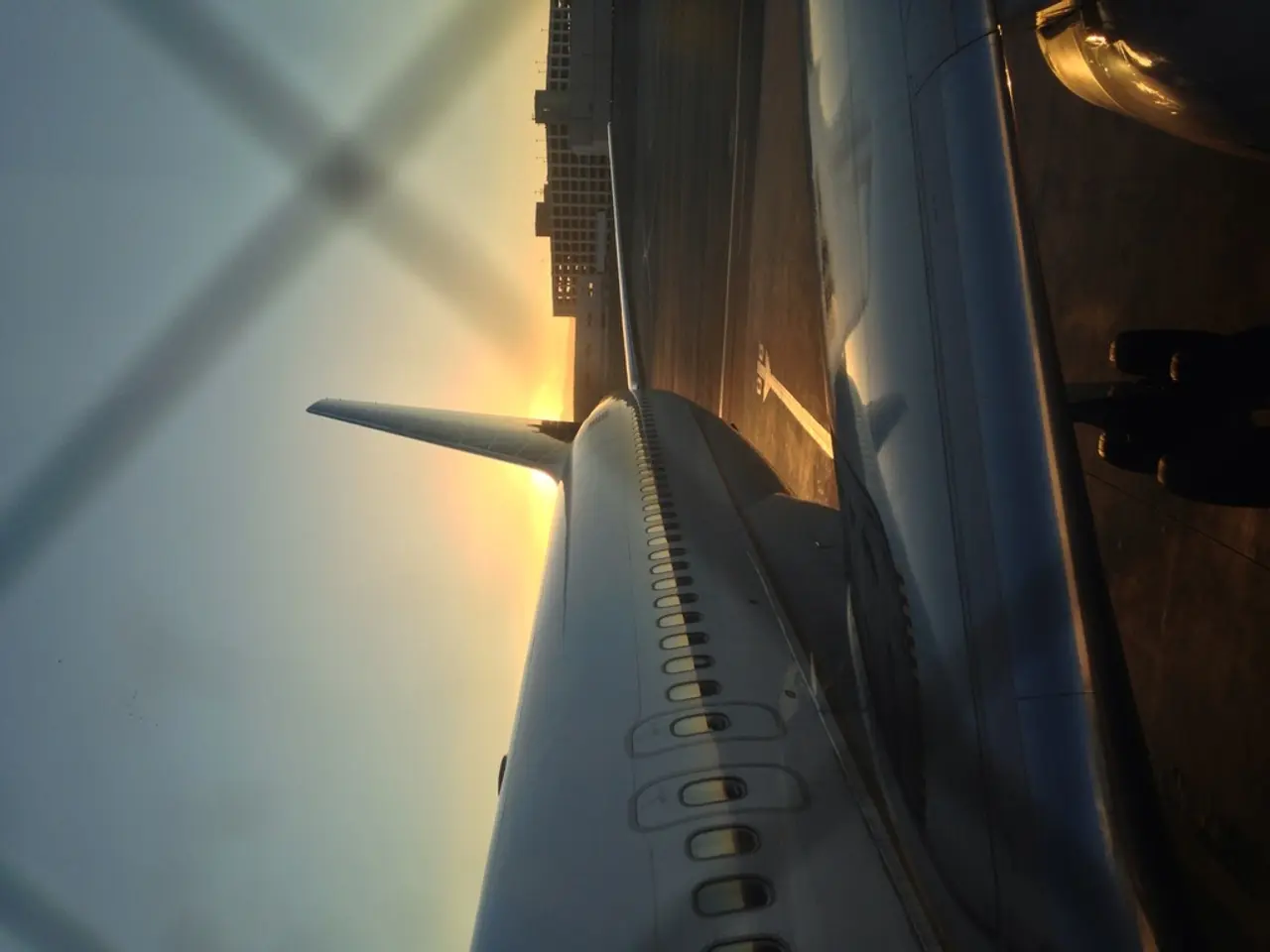Maintain Open Blinds on Your Windows Please
In the world of aviation, the safety of passengers and crew is paramount, and this is never more crucial than during the riskiest parts of a flight: takeoff and landing. These phases, where many aviation accidents have occurred throughout history, require vigilance and quick decision-making from both the flight and cabin crew.
One such practice that has become a longstanding industry best practice is the rule about keeping window shades open during takeoff and landing. This rule is likely implemented for safety reasons, given the increased risk during these phases.
Open window shades improve situational awareness for passengers and crew, enhancing emergency response efficiency and overall safety. They allow for a quick assessment of external conditions, such as fire, debris, or damage, in case of an emergency evacuation. This visibility helps flight attendants decide rapidly whether to open exits or redirect passengers to safer evacuation routes without delay, which can be critical when every second matters.
Having the shades open allows crew members, especially those seated near exit rows, to observe outside conditions directly, enabling appropriate and timely action during these critical phases of flight. If window shades were closed, it could cause vital delays in decision-making during evacuations, potentially increasing risk to passengers and crew.
Compliance with cabin crew requests, such as opening window shades, is crucial for passenger safety. The rule about window shades staying open during landing and take-off saves valuable time for cabin crew and passengers. Open window shades aid in evacuation planning and can provide valuable information for detecting possible damage on wings, flames or fumes from engines, and fuel leakage.
The rule about window shades being in the open position during takeoff and landing is part of the comprehensive safety measures taken during these riskier phases of a flight. The flight and cabin crew are trained to achieve the evacuation time goal of evacuating passengers within 90 seconds in an emergency situation.
The "Safety First" rule is well-known in aviation, and simple rules like this have great importance for a safe and secure flight. Aviation rules, even those that seem simple or unnecessary, are set and implemented for the safety and security of all passengers and crew members.
The cabin crew checks include seat belts, tray tables, seats in upright position, and window shades in open position, among other rules. The open window shades rule during takeoff and landing might be a part of the comprehensive safety measures taken during these riskier phases of a flight.
The importance of this rule was tragically highlighted in the Tenerife disaster, a tragic aviation accident that occurred on March 27, 1977, involving two Boeing 747 aircrafts colliding on the runway in Los Rodeos, Spain.
In summary, open window shades during takeoff and landing improve situational awareness for passengers and crew, enhancing emergency response efficiency and overall safety. This simple rule is an integral part of comprehensive safety measures during the riskier phases of a flight.
- Aviation enthusiasts understand that the rule to keep window shades open during takeoff and landing is a longstanding industry best practice, implemented for safety reasons in the world of aviation.
- When it comes to travel, complying with cabin crew requests, such as opening window shades, is crucial for the safety of passengers and crew, as this rule saves valuable time for both in case of an emergency.
- During the riskiest parts of a flight - takeoff and landing - the rule about keeping window shades open is an integral part of the comprehensive safety measures put in place, helping to improve situational awareness and emergency response efficiency.
- The importance of the open window shades rule has been tragically highlighted throughout aviation history, with incidents such as the Tenerife disaster in 1977, where two planes collided on the runway, demonstrating the rule's significance in such critical situations.




